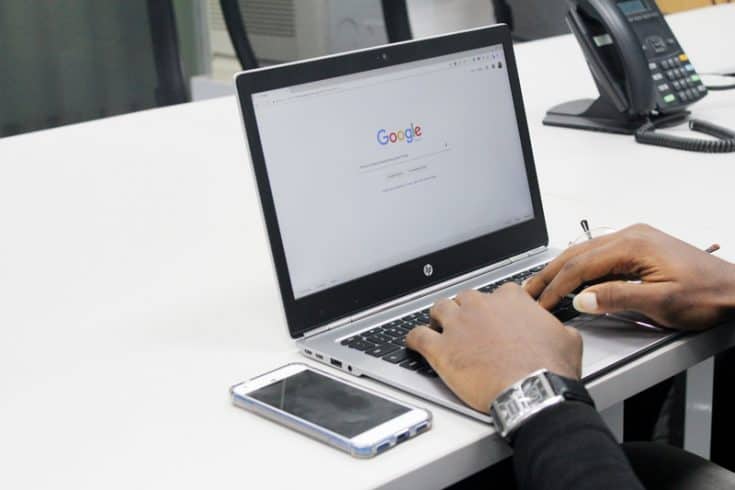- Advertising
Are Mediavine Ads ADA Compliant? Why You Don’t Need To Worry!
•

The ADA and Web Accessibility
The Americans with Disabilities Act, or ADA, is a U.S. civil rights law which prohibits discrimination against individuals with disabilities, such as visual impairment. Recently, a few U.S. publishers have been named in lawsuits that cite the ADA, and there’s been a big movement to make sure all Mediavine websites are ADA compliant. While I wish this wasn’t the impetus behind publishers making their websites more accessible to the visually impaired, it’s undoubtedly another strong motivator. Other motivators?Google and Your Readers Love Accessible Sites
Not worried about being sued? Okay, but you should still make your site accessible anyway, and not only for your readers, though the handful who are struggling visually will appreciate it. Google loves accessible sites, as its giant accessibility initiative will attest. Accessibility audits are built directly into Lighthouse, the same tool that powers PageSpeed Insights. It’s not much of a leap to say that accessibility is a ranking factor at Google. In fact, it’s directly stated in their SEO starter guide, which recommends setting alt text for every image. Even if you aren’t worried about being sued or declining search traffic, well, how about more money? Stop alienating any percentage of your audience and you’ll reap the benefits. Remember, Mediavine ads are lazy loaded, so unless a user scrolls to the bottom of a page, ads won’t be served — and the odds of impaired readers hanging around non-accessible sites are zero. So many good motivators. Now that you’re on board, let’s get to the point.
Is Mediavine ADA compliant?
We can’t guarantee anything in a court of law if your website is named in any sort of action. This is not meant to be legal advice, and since we aren’t your website’s owner, we aren’t ultimately responsible for its content. However, Mediavine develops everything with accessibility in mind. A major factor when considering ADA compliance is the effectiveness of a screen reader — a form of technology that renders text and image content as speech or Braille output. Screen readers are essential to people who are blind, not to mention visually impaired (as we mentioned above), or even those who may be illiterate or have a learning disability. It’s important to remember that there are a lot more people with disabilities than you think, and to do everything you can to make websites accessible to them via assistive technologies. Again, this responsibility lies with individual publishers and not Mediavine. However, you can rest assured that all Mediavine products should properly output labels for screen readers. For example, we made certain that our adhesion unit’s close button meets Google’s accessibility requirements for touch target area, as well as a proper aria label. Every control inside of the Mediavine video player is properly labeled as well. In fact, we recently released the ability to upload closed captioning files for hearing impaired readers. Even with Trellis, we integrated Lighthouse into our development cycle, which runs accessibility audits on every code change and ensures elements have things like proper alt attributes and aria screen labels. From a content standpoint, we’ve published guides to increasing font size and increasing line height – both considerations which impact accessibility and publishers can tackle easily and quickly. (These steps also help improve SEO and earnings, so seriously, do it.)Are Mediavine Advertisements Accessible?
The actual advertisements themselves? Here, it gets a little technical. We don’t have control over what happens inside the ads, but the ads themselves are served inside of an iframe. We make sure we label every iframe with an appropriate title, such as “third party ad content.” Try it out with a screen reader and you’ll find that the screen reader will properly inform you that you’re leaving the main window and are now looking at “third party ad content.” Once they enter that third party advertisement with their screen reader, they’re going to an external site and it goes beyond Mediavine or the publisher’s control. That’s the nature of iframes and third-party programmatic advertising, where literally millions of different ads could serve to users from the open marketplace. TL;DR — Mediavine publishers should know that we take accessibility very seriously. We have done, and will continue to do everything in our power to properly label all website elements for screen readers and ensure a robust experience for impaired audiences. Those happy audiences — along with Google’s approval and making the most out of your earnings — are worth it. Please don’t hesitate to reach out to us if you have any questions.About the author
Share this page